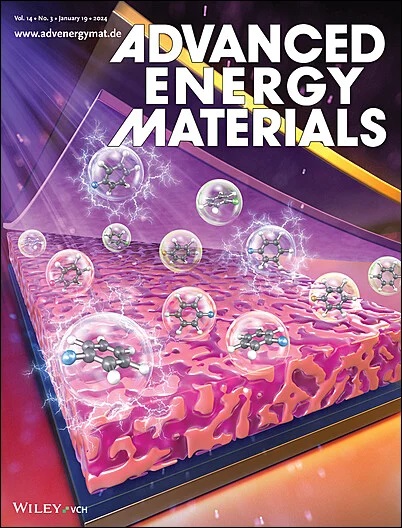The Nonsteady-State Structural and Chemical Reconstruction of Ni-Rich Cathodes During the Intermittent Resting after Charging
IF 24.4
1区 材料科学
Q1 CHEMISTRY, PHYSICAL
引用次数: 0
Abstract
Lithium-ion batteries are the main power source for portable devices and electric vehicles due to their high energy density and low self-discharge rate. In practical applications, batteries often experience extended resting periods at high charge levels after being fully charged. However, most studies focus on continuous cycling without considering intermittent resting, which can lead to flawed failure analysis and hinder optimization of Ni-rich cathode batteries. This study explores the degradation mechanisms of Ni-rich cathode full-cells subjected to intermittent resting after charging, revealing that Ni-rich cathodes undergo nonsteady-state structure transitions and chemical changes during high charge rest periods. The findings show that intermittent resting intensifies interfacial cracking within secondary particles due to coupled structure transitions and interfacial reactions, degrading lithium transport kinetics and creating lithium concentration gradients at multiple scales. Prolonged high anisotropy from delayed delithiation in the central region of primary particles, combined with surface-related multiple heterogeneous pinning effects, induces further intracrystalline damage. This damage is repeatedly reset and activated during intermittent resting, worsening mechanical degradation. These insights into the degradation pathways of Ni-rich cathodes provide a foundation for designing more durable materials and battery architectures to enhance the performance and longevity of lithium-ion batteries in practical applications.

求助全文
约1分钟内获得全文
求助全文
来源期刊

Advanced Energy Materials
CHEMISTRY, PHYSICAL-ENERGY & FUELS
CiteScore
41.90
自引率
4.00%
发文量
889
审稿时长
1.4 months
期刊介绍:
Established in 2011, Advanced Energy Materials is an international, interdisciplinary, English-language journal that focuses on materials used in energy harvesting, conversion, and storage. It is regarded as a top-quality journal alongside Advanced Materials, Advanced Functional Materials, and Small.
With a 2022 Impact Factor of 27.8, Advanced Energy Materials is considered a prime source for the best energy-related research. The journal covers a wide range of topics in energy-related research, including organic and inorganic photovoltaics, batteries and supercapacitors, fuel cells, hydrogen generation and storage, thermoelectrics, water splitting and photocatalysis, solar fuels and thermosolar power, magnetocalorics, and piezoelectronics.
The readership of Advanced Energy Materials includes materials scientists, chemists, physicists, and engineers in both academia and industry. The journal is indexed in various databases and collections, such as Advanced Technologies & Aerospace Database, FIZ Karlsruhe, INSPEC (IET), Science Citation Index Expanded, Technology Collection, and Web of Science, among others.
 求助内容:
求助内容: 应助结果提醒方式:
应助结果提醒方式:


